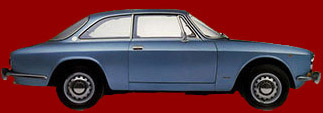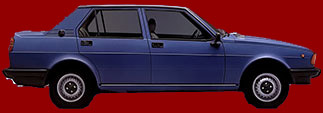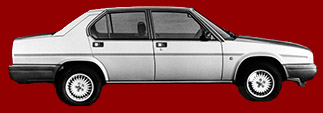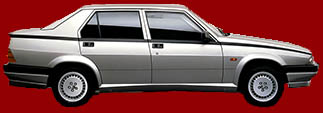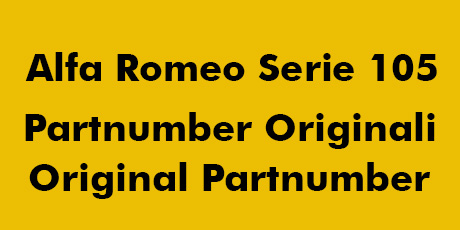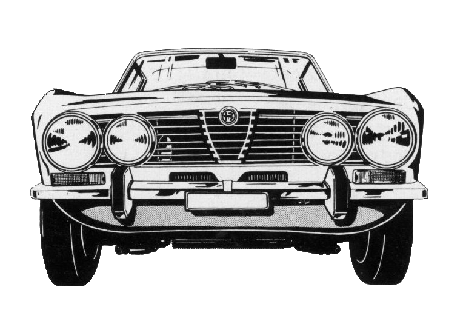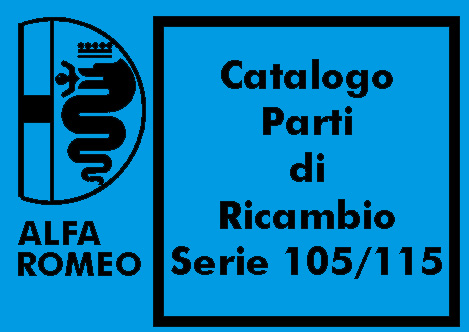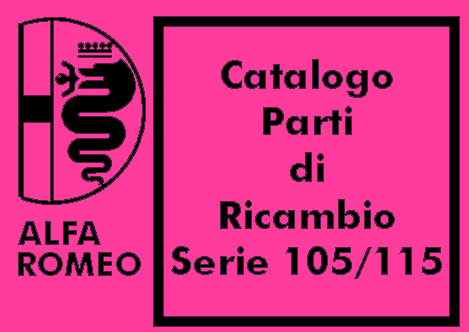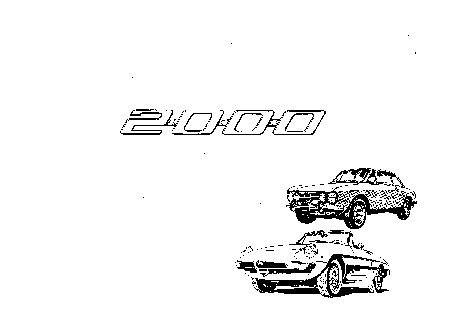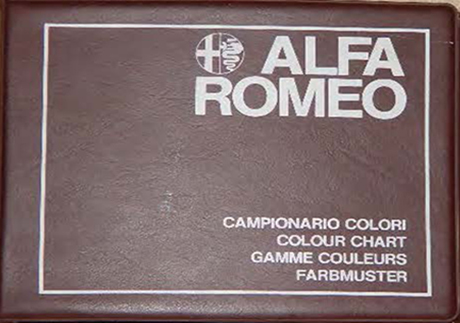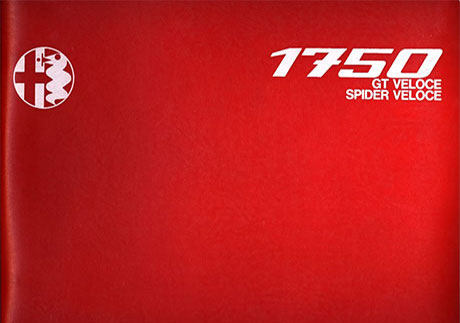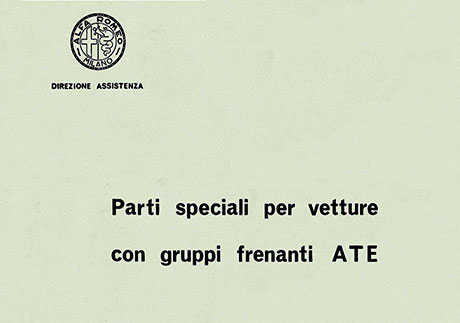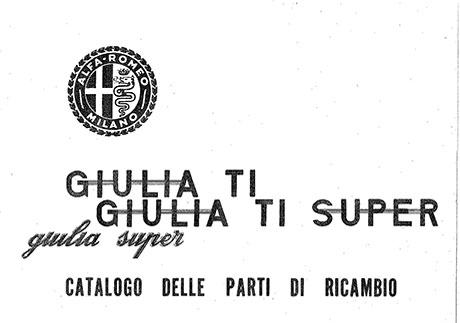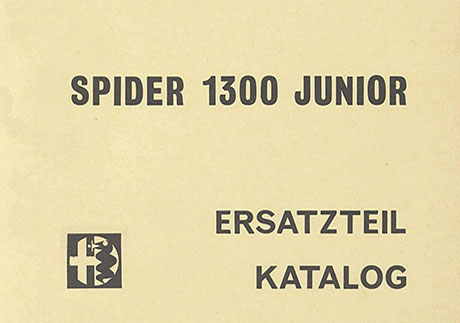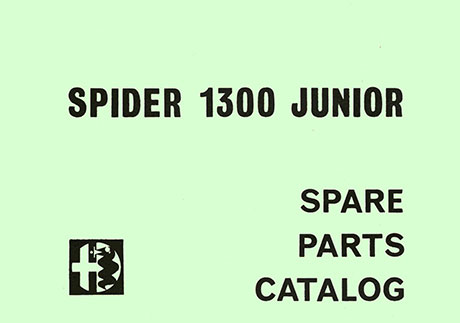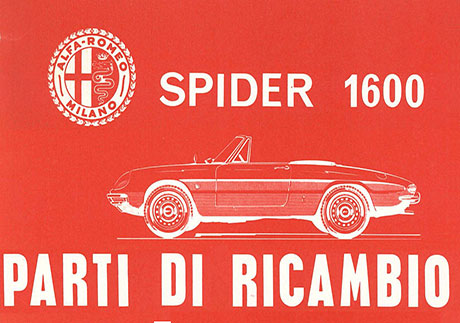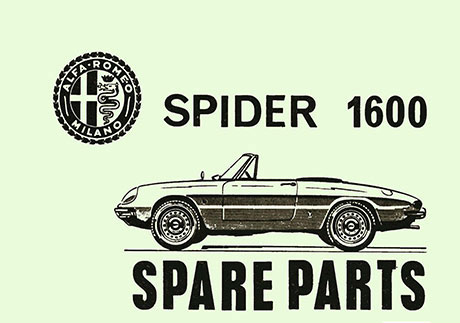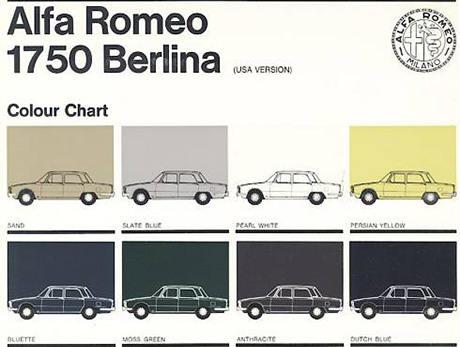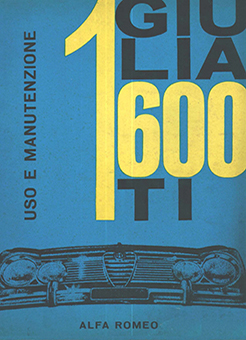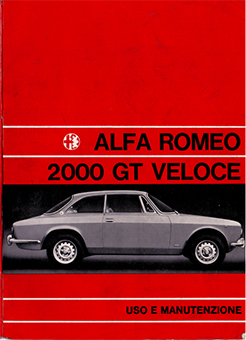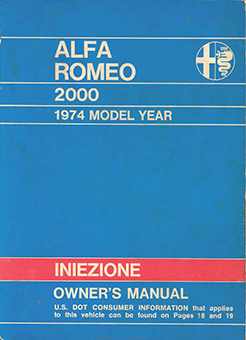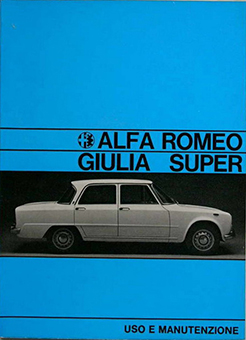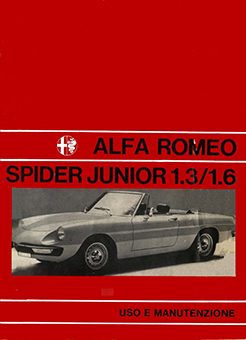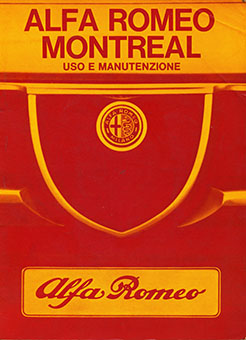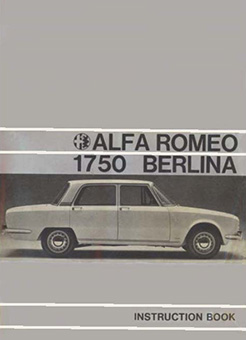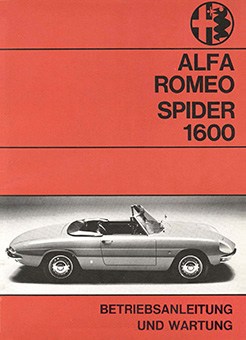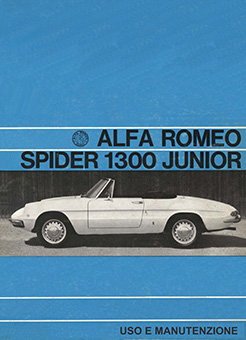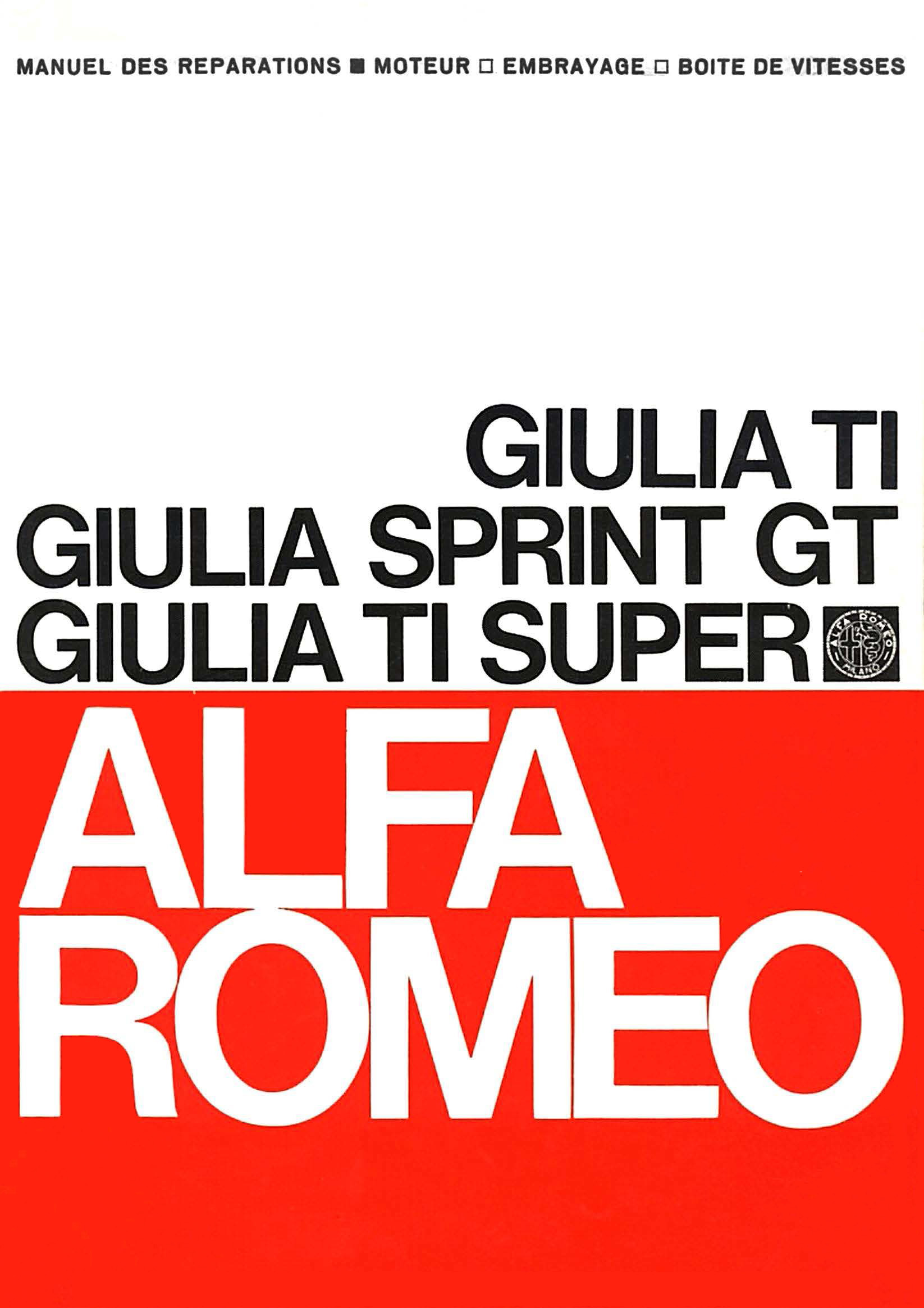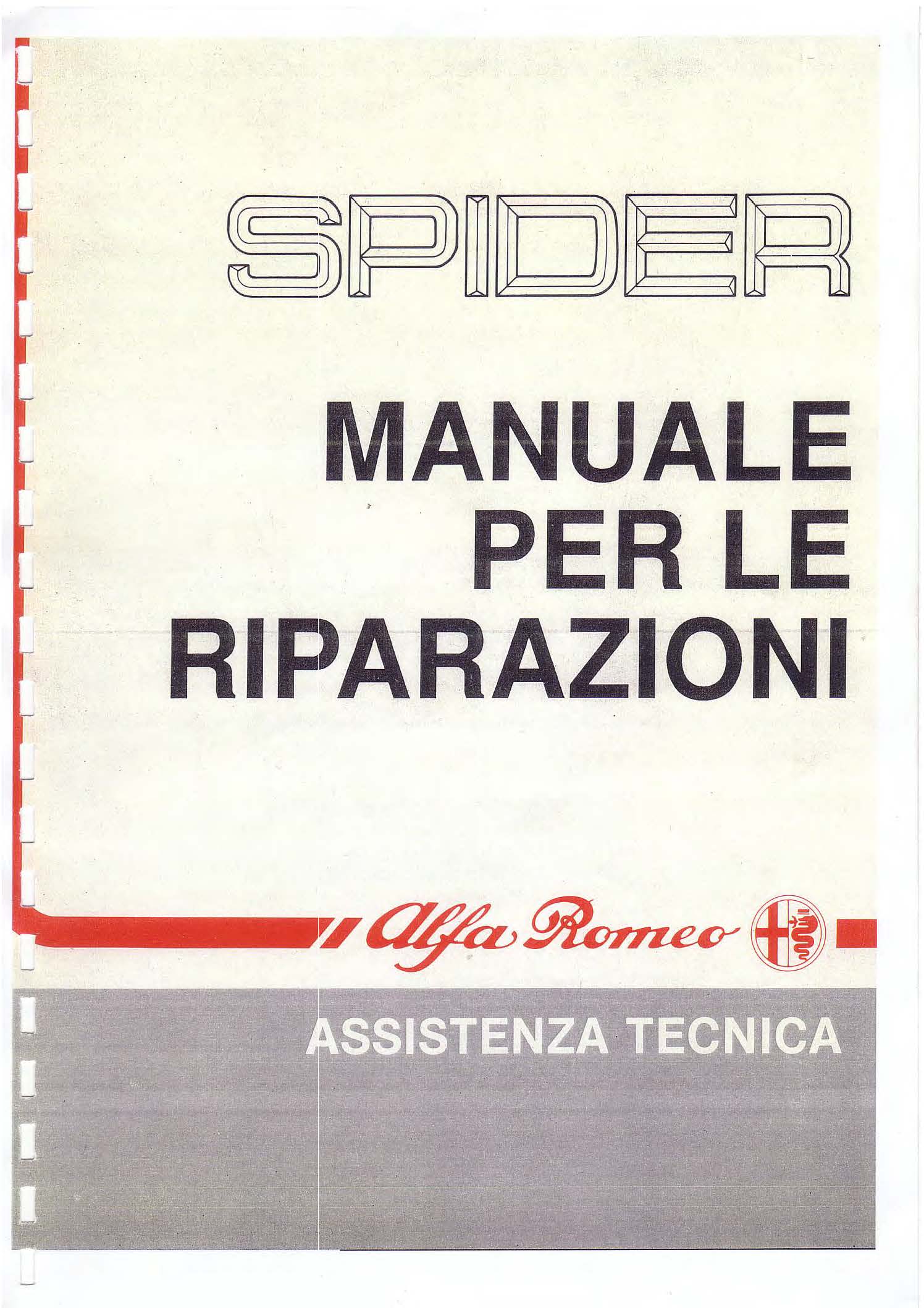ALFA ROMEO 105, 115, 116, 119 and 162 Series (1962-1993)

In this website you can find the information about the Alfa Romeo 105, 115, 116, 119 and 162 Series. Technical data of the different versions, models, chassis numbers, type of engine, to assist with individual vehicle identification produced between 1962 and 1993. You can also consult the Spare Parts Catalogues with the original partnumbers of spare parts, or the available Owner's and Repair Manuals.
Nuova Versione del sito Alfa105.Org
Quinto Aggiornamento Sito
23/07/2023
Nella nuova versione 5 del sito sono state aggiunte funzionalità e aggiornamenti tecnici. Ab ...
Cataloghi Ricambi
Manuali Uso e Manutenzione
Manuali d'Officina

In this website you can find the information about the Alfa Romeo 105, 115, 116, 119 and 162 Series. Technical data of the different versions, models, chassis numbers, type of engine, to assist with individual vehicle identification produced between 1962 and 1993. You can also consult the Spare Parts Catalogues with the original partnumbers of spare parts, or the available Owner's and Repair Manuals.
Nuova Versione del sito Alfa105.Org
Quinto Aggiornamento Sito
23/07/2023
Nella nuova versione 5 del sito sono state aggiunte funzionalità e aggiornamenti tecnici. Ab ...
History of the Alfa Romeo Giulia model 105
In the early sixties Alfa Romeo worked on the model to replace the successful Giulietta series, the "girlfriend of Italy", had opened the doors of the high-end three-volume sedan cars, appealing to an ever-widening audience of buyers in Italy of the economic boom.
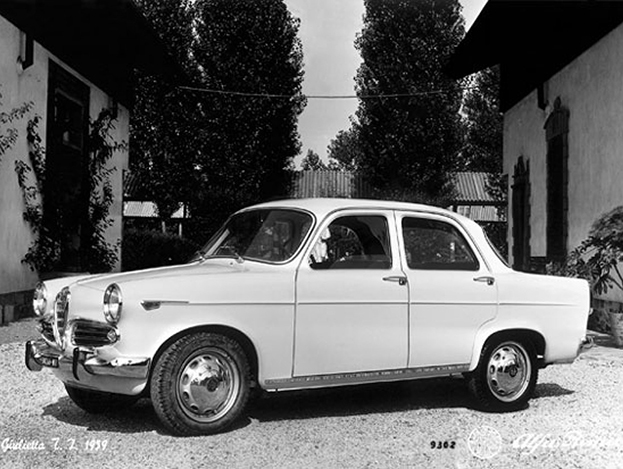
Giulietta

Giulietta Sprint
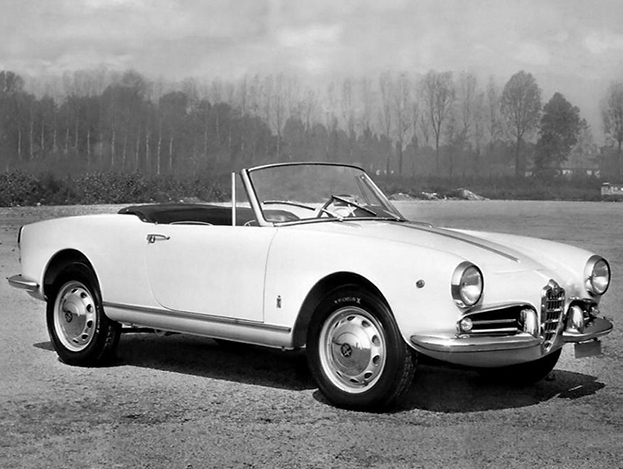
Giulietta Spider
The new project for the future sedan was entrusted to the same team that had achieved the previous post-war successes, The 1900 and the Giulietta. As manager of the project was chosen Eng. Orazio Satta Puliga, who was appointed as Central Director from 1959. The rest of the group was made up of the best technicians that the factory of Portello could boast:
the genial Eng. Giuseppe Busso, Ivo Colucci, Livio Nicolis and Giuseppe Scarnati. Only goal was the realization of the three-volume car that would have to compete and win the competition Internal and foreign. The basic idea was to bring Giulietta's success to much higher levels and reach a much wider audience than buyers.
The number of cars that were to be realized and of course selling were much more than in the past, in order to meet the future demands of style, performance and comfort of Italian and foreign motorists that the economic recovery had made potential buyers.

Orazio Satta Puliga

Busso - Nicolis - Colucci
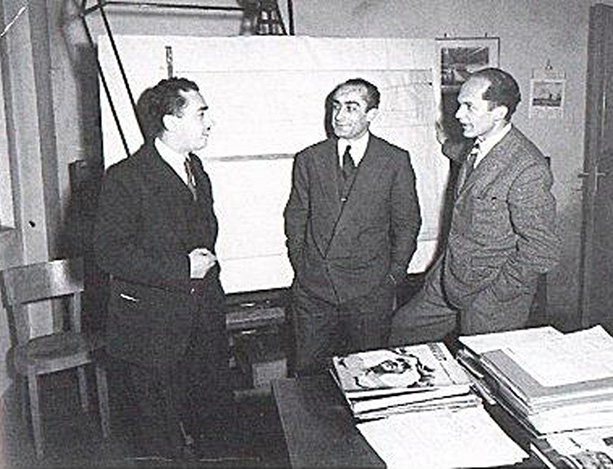
Nicolis - Scarnati - Busso




























